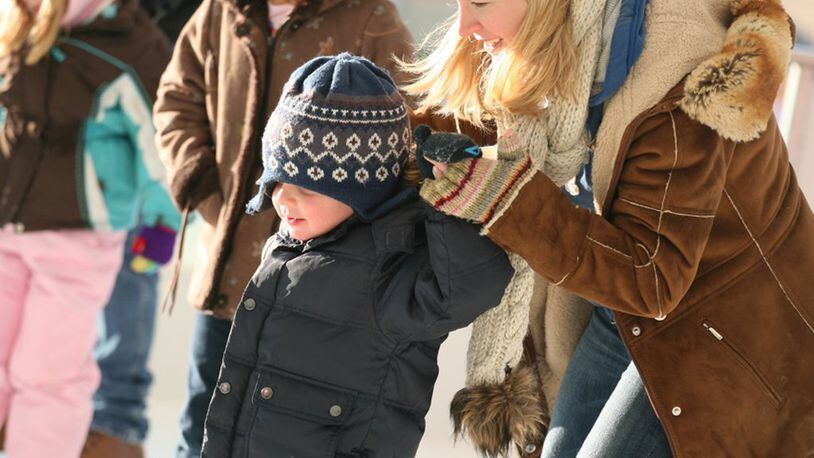The primary goal of the 2016 U.S. Report Card is to assess levels of physical activity and sedentary behaviors in American youth as well as facilitators and barriers for physical activity, and health outcomes related to physical activity. The Report Card is a resource for health statistics in children and youth in the United States. It is also an advocacy tool providing a level of accountability and call-to-action for adult decision makers regarding how parents, teachers, health professionals, community leaders, and policy makers can implement new initiatives, programs, and policies to improve the physical activity levels and health of children and youth.
Significant challenges exist as, according to the report, only 21.6 percent of children ages 6-19 meet U.S. physical activity guidelines – 60 or more minutes of moderate-to-vigorous activity at least five days a week. And nearly 63 percent of children are exceeding the sedentary behaviors guidelines of limiting screen time to two hours or less a day.
The American College of Sports Medicine – an organization that has consistently advocated for promoting children’s health – recently came out with recommendations to increase physical activity among youth including increasing physical activity opportunities in schools and day care centers. But parents can also help increase the amount of activity children get on a daily basis by limiting screen time and encouraging active play.
While winter might not seem like the ideal time to get outside, most warm-weather activities can still take place with the proper cold-weather gear. Throw on a few extra layers and a winter hike could be fun for the entire family. Not wanting to brave the frigid temperatures? A family night on the bowling lanes might do the trick.
Get the Kids Moving
- Ice skating: Lace up your skates at the MetroParks Ice Rink at RiverScape, Kettering Ice Arena or South Metro Sports Ice Haus. All three facilities offer open skating sessions as well as group or private lessons.
- Bowling: Prefer staying indoors? Local bowling centers have open bowling times as well as events like Cosmic Bowling with glow-in-the-dark fun for the entire family – think bowling meets dance club.
- Hiking: Five Rivers MetroParks offers a full slate of youth activities year-round, like the upcoming Tracking Guide program at Cox Arboretum or the Forest Bird Search at the Englewood MetroPark. If you'd prefer a less structured day, the MetroParks have more than 75 miles of natural surface trails and both the Buckeye Trail and North Country Trail also converge in Montgomery County.
- Swimming: Cool temperatures outside don't mean you can't have some wet-and-wild fun inside. There are several indoor pools in the area including the Kettering Recreation Center, Washington Township Recreation Center and YMCA locations. The facilities offer a variety of programs from open swimming and lessons to youth swim teams.
- Cycling: If there was a shiny new bike under the Christmas tree, you don't have to wait until the spring to test out those new wheels. The Miami Valley is home to the nation's largest paved trail network with more than 330 miles to explore.
- Sledding: If Mother Nature cooperates, sledding can also be a good workout. While gravity does most of the work on the way down, dragging a sled, and perhaps a younger sibling or two, up the hill will burn some calories.
2016 UNITED STATES REPORT CARD ON PHYSICAL ACTIVITY FOR CHILDREN AND YOUTH
Making the Grade Key
A — Succeeding with a large majority ofchildren and youth (81-100 percent)
B — Succeeding with well over half of the children and youth (61-80 percent)
C — Succeeding with about half of the children and youth (41-60 percent)
D — Succeeding with less than half, but some, children and youth (21-40 percent)
F — Succeeding with very few children and youth (0-20 percent)
Summary of 2016 Report Card Indicators and Grades
D- Overall Physical Activity: Proportion of U.S. children and youth attaining 60 or more minutes of moderate-to-vigorous activity at least five days a week.
D- Sedentary Behaviors: Proportion of U.S. youth engaging in 2 hours or less of screentime per day.
F Active Transportation: Percentage of U.S. children and youth who usually walk or bike to school.
C- Organized Sport Participation: Proportion of U.S. high school students participating on at least one school or community sports team.
D Health-related Fitness: Proportion of U.S. youth meeting cardiorespiratory physical fitness standards.
D+ School: Proportion of U.S. high school students attending at least one physical education (PE) class in an average week.
B- Community and Built Environment: Proportion of children and youth living in neighborhoods with at least one park or playground area.
About the Author
